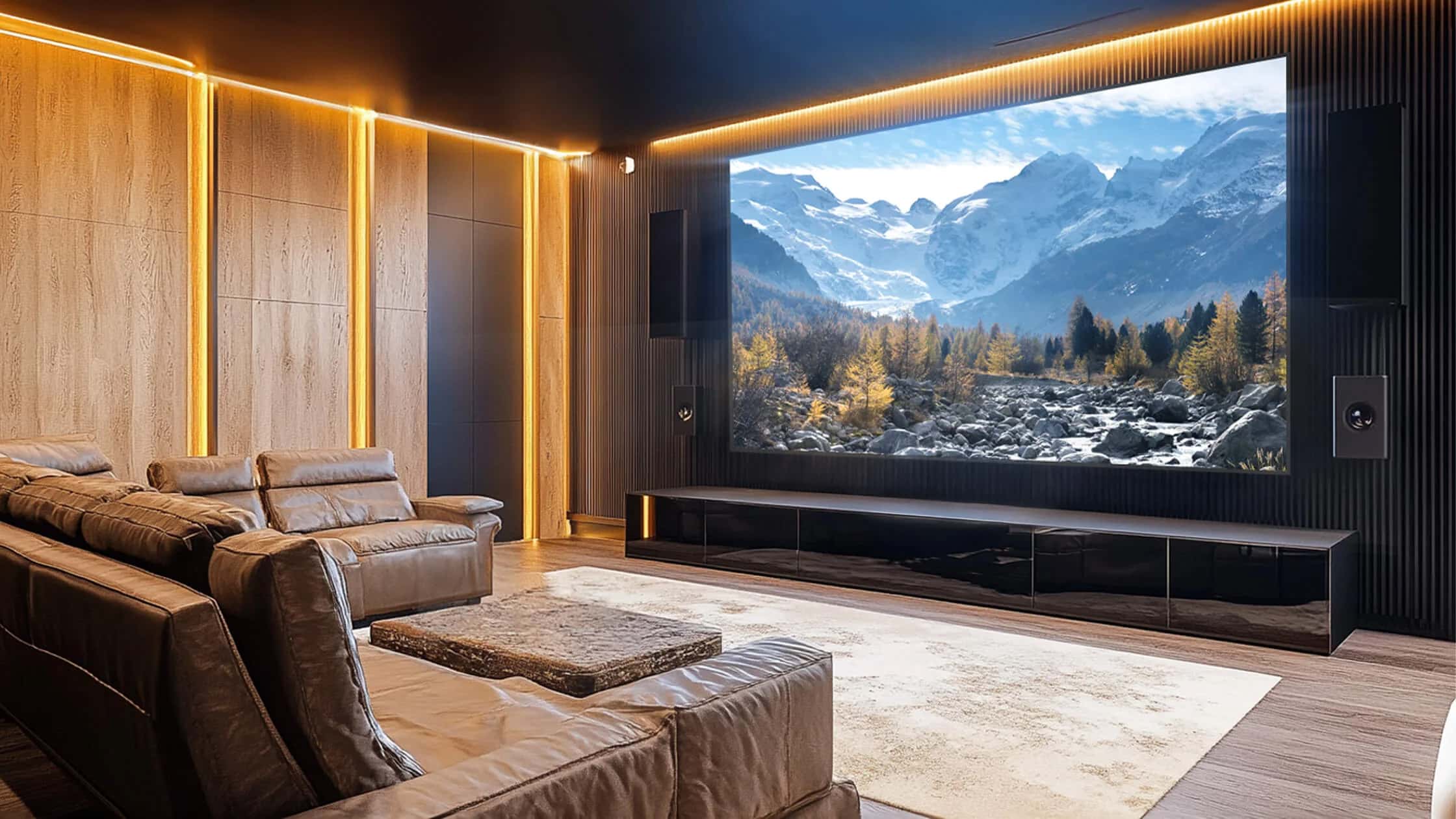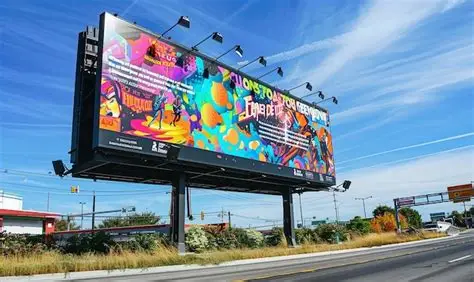

Billboard advertising might look simple—throw up a sign, let traffic do the rest—but the actual process is far more layered.
Whether you’re a business owner considering your first out-of-home (OOH) placement or a marketer exploring new channels, here’s what the billboard advertising journey really looks like—based on real-world stories, mistakes, and advice from those who’ve been there.
Before anything else, you need to get crystal clear on why you’re using a billboard. Based on experience, here are a few valid reasons:
But if you’re expecting billboards to generate measurable conversions or leads? Pump the brakes. One marketer shared that QR codes and custom URLs rarely drove results. This is a frequency play, not a direct response channel.
Your billboard’s location can make or break your campaign. According to media buyers, you should:
Pro tip: Many buyers use billboards to “surround” a location with visibility in nearby areas—great for hotels, event venues, and auto shops.
A highway billboard gets about 2–3 seconds of attention. That’s it. So your design needs to:
According to multiple commenters, the #1 mistake in billboard design is trying to say too much. You’re not making a brochure. You’re flashing a branded thought at a moving car.
The production process usually looks like this:
Some billboard vendors have pre-approved printers who already know their specs and turnaround times. Use them. And always ask for a proof of placement photo when it’s live.
Bonus: if you’re working with a larger agency, they often have OOH specialists who coordinate everything—buying, printing, install, and teardown.
Most placements are sold in 4-week blocks, but experienced advertisers say:
Billboards are best seen as a supporting tactic, not a primary growth engine. One user described them as “a surround sound add-on” to digital or radio campaigns.
Billboards are notoriously hard to measure. Still, you can:
Ultimately, billboard success often shows up months later as increased brand recall, higher search traffic, or a subtle shift in perception. It’s the long game.
If you’re hoping to “see what happens,” don’t bother. But if you:
…you might be surprised by how well an old-school tactic still holds up.